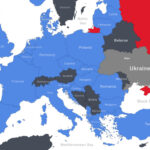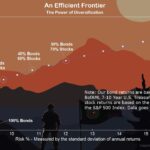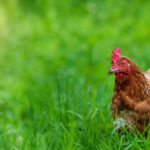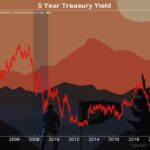At GreenMedinfo, Sayer Ji discusses turmeric’s potential to help heal the brain. He writes:
Turmeric is hands down one of the, if not the, most versatile healing spice in the world with over 800 experimentally confirmed health benefits, and an ancient history filled with deep reverence for its seemingly compassionate power to alleviate human suffering. It may also represent the pharmaceutical industry’s single most existential threat, given that the preliminary science signals turmeric is at least as effective as 14 drugs, and orders of magnitude safer as far as toxicological risk.
That said, most of the focus of turmeric research over the past decade has been centered on only one of its many hundreds of phytocompounds: namely, the primary polyphenol in turmeric known as curcumin which gives the spice its richly golden hue. This curcumin-centric focus has lead to the development of some very good products, such as phospholipid bound curcumin concentrate (e.g. Meriva, BCM-95) which greatly helps to increase the absorption and bio-activity of curcumin. But, curcumin isolates are only capable of conferring a part of turmeric’s therapeutic power – and therein lies the limitation and hubris of the dominant model where the focus is on isolating the presumably primary “magic bullet ingredient.”
Indeed, it has become typical within the so-called nutraceutical industry to emulate the pharmaceutical model, which focuses on identifying a particular “monochemical” tree within the forest of complexity represented by each botanical agent, striving to standardize the delivery of each purported ‘active ingredient’ with each serving, as if it were a pharmaceutical drug. These extraction and isolation processes also generates proprietary formulas which are what manufacturers want to differentiate their product from all others and henceforth capture a larger part of the market share; a value proposition that serves the manufacturer and not the consumer/patient.
Truth be told, there is no singular ‘magic bullet’ in foods and herbs responsible for reproducing the whole plant’s healing power. There are, in fact, in most healing plants or foods hundreds of compounds orchestrated by the intelligent ‘invisible hand’ of God or ‘Nature,’ or whatever you wish to call it, and which can never be reduced to the activity of a singularly quantifiable phytocompound or chemical.
Beyond The Curcumin ‘Magic Bullet’ Meme
Not long ago, a highly compelling study published in the journal Stem Cell Research & Therapy provided additional support for the concept that curcumin alone is not enough to explain the healing power of turmeric as a whole plant. The study found that a little known, fat-soluble component within turmeric – Ar-tumerone – may make “a promising candidate to support regeneration in neurologic disease.”
Titled, “Aromatic-turmerone induces neural stem cell proliferation in vitro and in vivo,” German researchers evaluated the effects of this turmeric-derived compound on neural stem cells (NSCs) – the subgroup of brain cells capable of continuous self-renewal required for brain repair.
The study found that when brain cells were exposed to ar-tumerone, neural stem cells increased in number through enhanced proliferation. Moreover, these newly formed neural stem cells also increased the number of fully differentiated neuronal cells, indicating a healing effect was taking place. This effect was also observed in a live animal model, showing that rats injected with ar-tumerone into their brains experienced increases in neural stem cell proliferation and the creation of newly formed healthy brain cells.
Read more here.
If you’re willing to fight for Main Street America, click here to sign up for my free weekly email.






